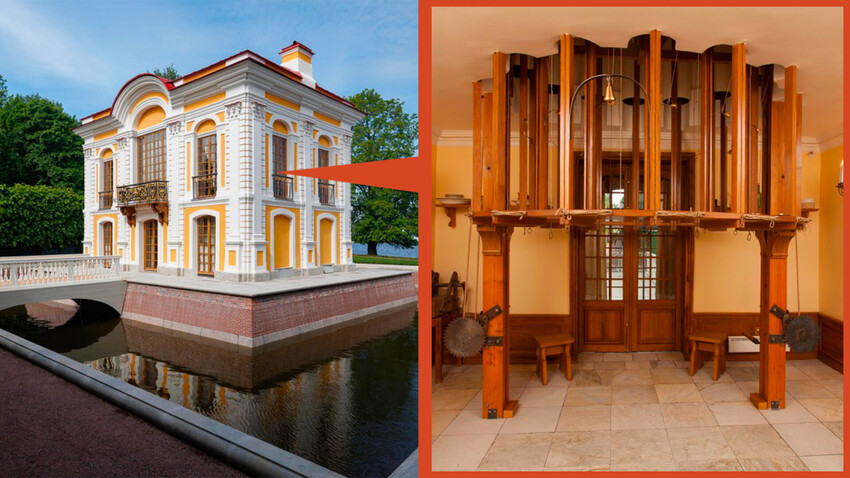
In Peterhof, his favorite country residence, Emperor Peter I ordered the construction of a small two-story pavilion he called ‘Hermitage’ (meaning ‘solitude’ in French). Such pavilions were popular in Europe, where the tsar first saw the idea: on the ground floor, in the pantry, servants served and heated pre-cooked food, which was then lifted to the second floor, into the Hall, using a hand-pulled ‘elevator’ (on ropes). The central part of the table could be lowered into the pantry for a change of dishes and then lifted back up.
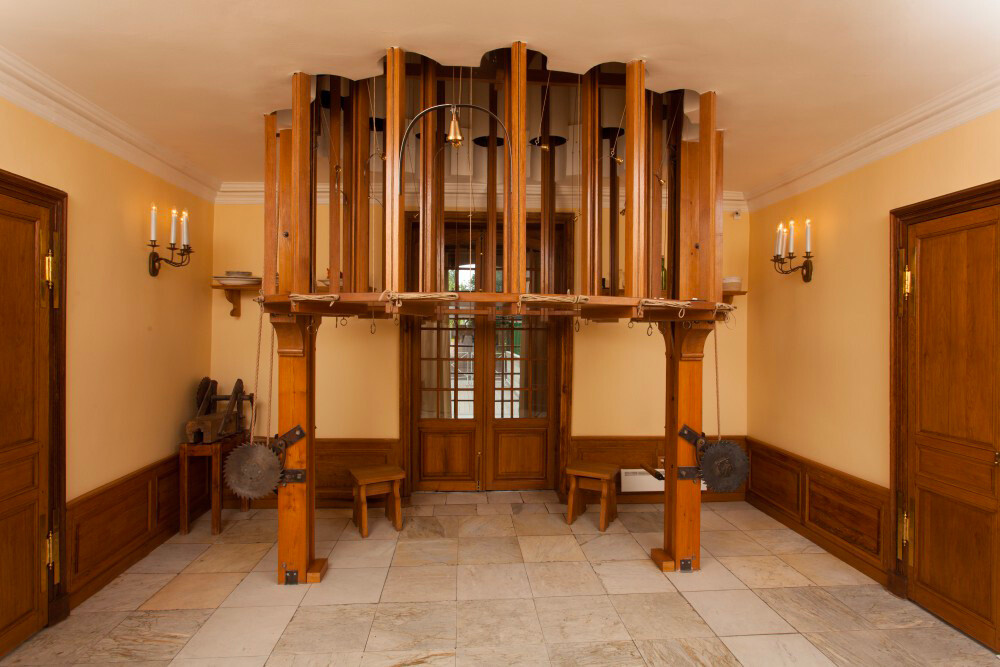
The elevator as seen from the first floor of the Hermitage pavilion
Peterhof State Museum ReserveBut why was such a complex mechanism needed? So that the tsar and his guests could talk without the servants listening in on them.
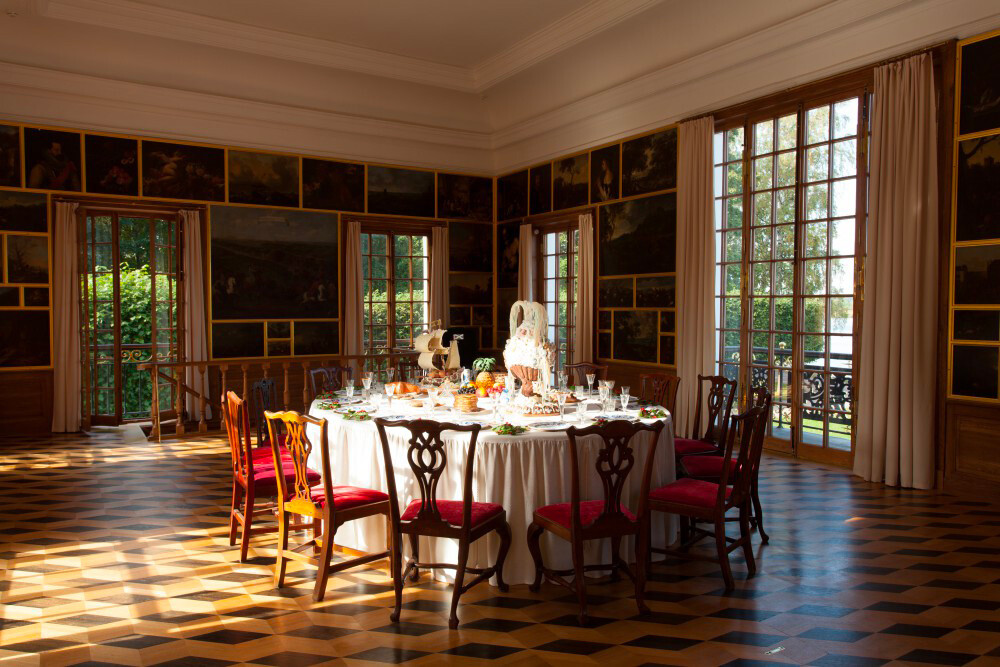
The upper floor of the Hermitage pavilion
Peterhof State Museum ReservePeter was not the only one who loved the pavilion – other Russian tsars and their families often dined and entertained themselves there.
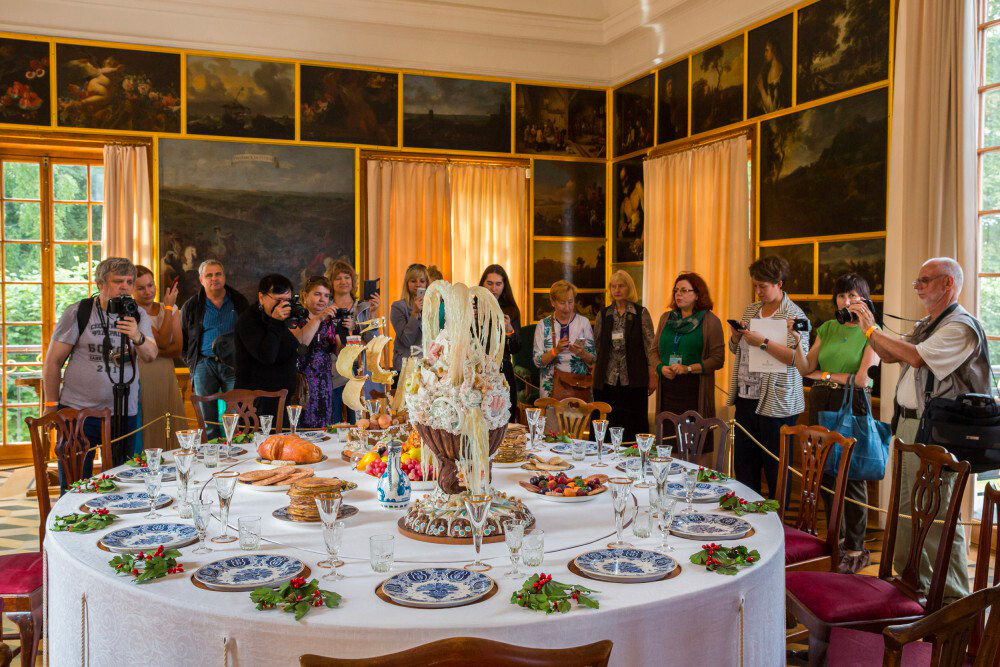
The upper floor of the Hermitage pavilion
Peterhof State Museum ReserveBy the way, there was also a passenger "elevator" in the Hermitage pavilion – it was an armchair that went up to the second floor also by way of a hand rope pull. But, in 1797, under Paul I, one of the cables of the chair broke, after which an ordinary ladder was installed instead of this device.
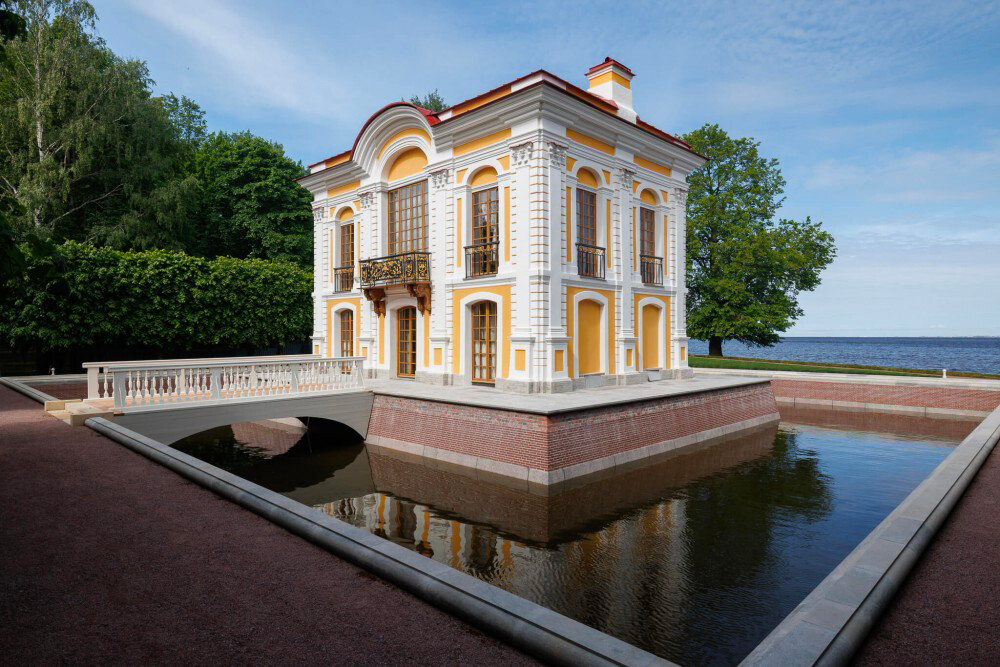
The Hermitage pavilion in Peterhof
Peterhof State Museum ReserveThe original lifting mechanism burned down during the Great Patriotic War – the Germans then equipped a firing point on the second floor of the pavilion, where the tsars once feasted.
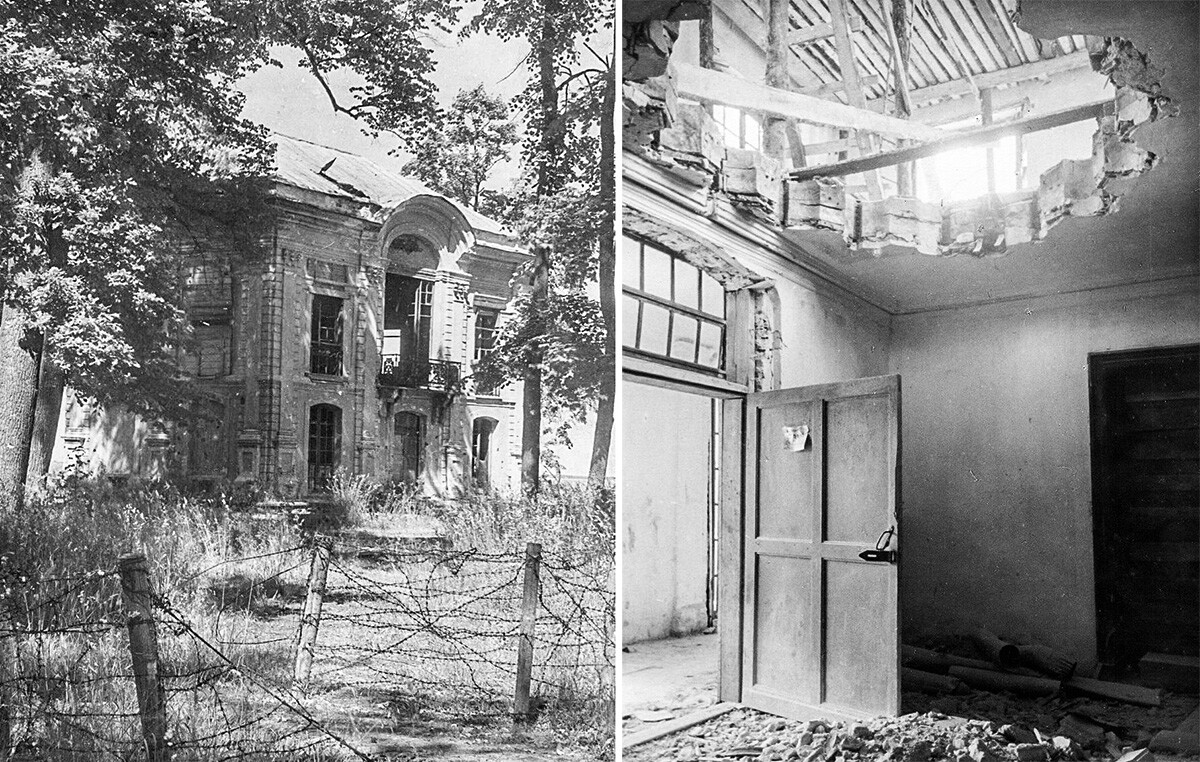
The Hermitage pavilion in Peterhof after the bombing in WWII
Peterhof State Museum ReserveIn 2023, the lifting mechanism was restored according to the original drawings and, today, it is fully operational again, albeit for exhibition purposes only.
If using any of Russia Beyond's content, partly or in full, always provide an active hyperlink to the original material.
Subscribe
to our newsletter!
Get the week's best stories straight to your inbox